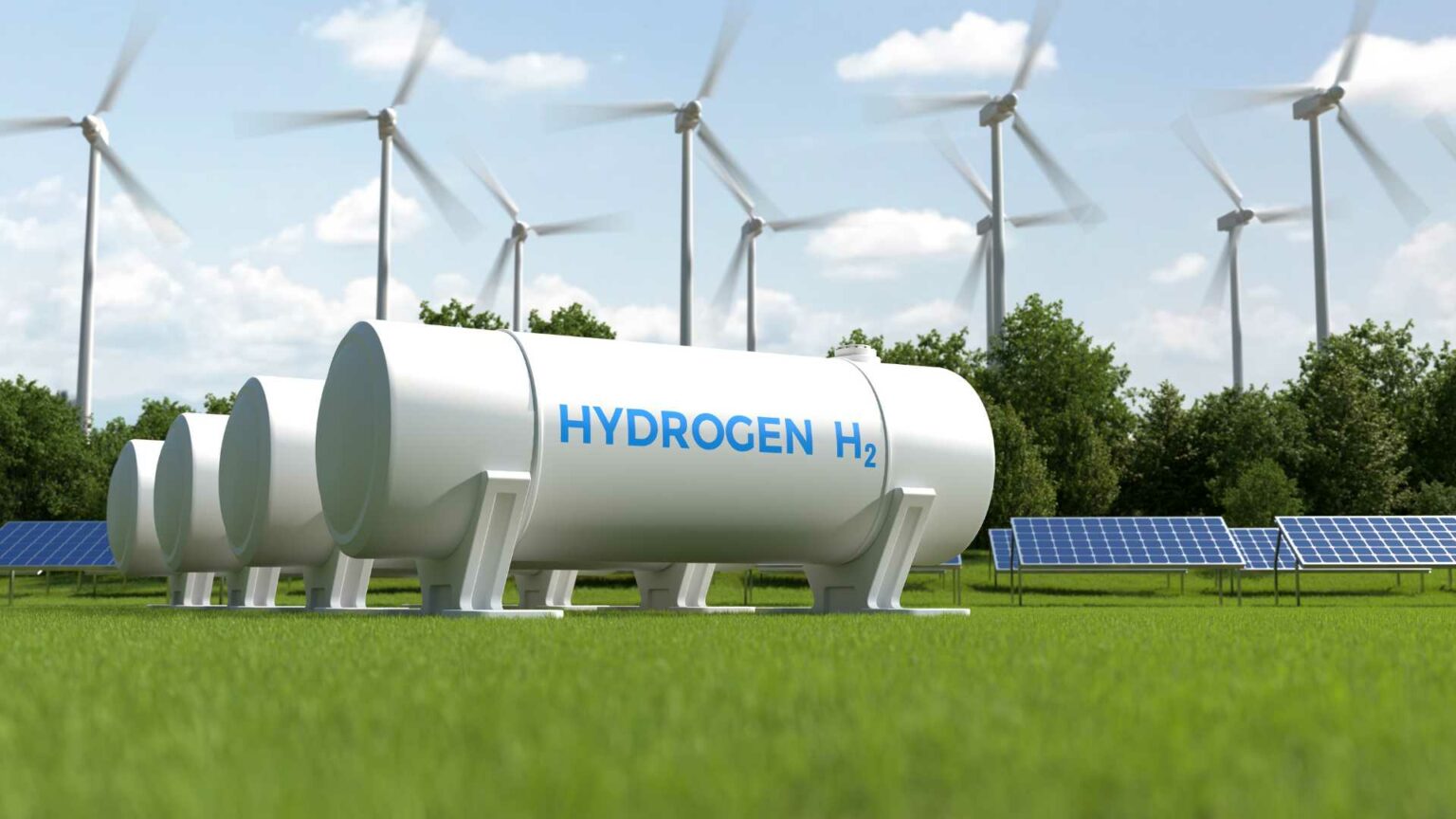In a bold move to consolidate Denmark’s position as a leader in the global green energy revolution, the Danish Government has unveiled a suite of new initiatives aimed at expanding its offshore wind capabilities and establishing a green hydrogen market.
Denmark is setting a target to enable 2-3 GW of offshore wind capacity. This forms part of a broader strategy to ensure Denmark runs entirely on green electricity while contributing to Europe’s energy security.
The transition to renewable energy sources is driven by the necessity to decarbonize and ensure Denmark can independently produce sustainable energy. This is seen as crucial for enhancing competitiveness and maintaining economic cohesion. Yet, the journey is complicated by turbulent market dynamics, with recent offshore wind tenders in the North Sea underlining the difficulties posed by inflated costs and fluctuating demand.
In response, the government plans to make its upcoming offshore wind tenders more attractive by proposing state subsidies and offering greater flexibility for bidders. These measures are expected to mitigate some of the market volatility, facilitating the installation of more offshore turbines in Danish waters.
The Minister for Climate, Energy, and Utilities, Lars Aagaard, has highlighted the urgency in strengthening Denmark’s green energy framework. He argues for swift government action to support offshore wind scale-up, which he believes is critical not only for Denmark but for Europe’s broader green energy ambitions. The Minister anticipates reaching agreements with other political figures to potentially reinstate state subsidies to bolster the nation’s green electricity supply.
Hydrogen as Game Changer
Similar to its offshore wind ambitions, Denmark sees green hydrogen as pivotal for its energy security and ecological goals. Particularly, the focus is on constructing a hydrogen pipeline from Esbjerg to Germany by 2030, underscoring the role of Danish hydrogen exports in revolutionizing Germany’s industrial shift away from fossil fuels. The government proposes substantial financial investments, hinting at a billion-scale DKK funding to spearhead the hydrogen market.
Although preliminary steps have been initiated toward creating the pipeline, realizing the full-scale concept encompasses further expansion both north and east of Jutland. Despite the 2030 projection, the complete vision rests on initiating crucial sections within this timeframe.
Concurrent to this is the ongoing development of the Bornholm Energy Island, yet progress is hindered by the absence of a legal framework. Nonetheless, Denmark remains committed to utilizing its maritime resources for Europe’s greener future, ready to engage with Germany once leadership there is established.
Stay updated on the latest in energy! Follow us on LinkedIn, Facebook, and X for real-time news and insights. Don’t miss out on exclusive interviews and webinars—subscribe to our YouTube channel today! Join our community and be part of the conversation shaping the future of energy.
